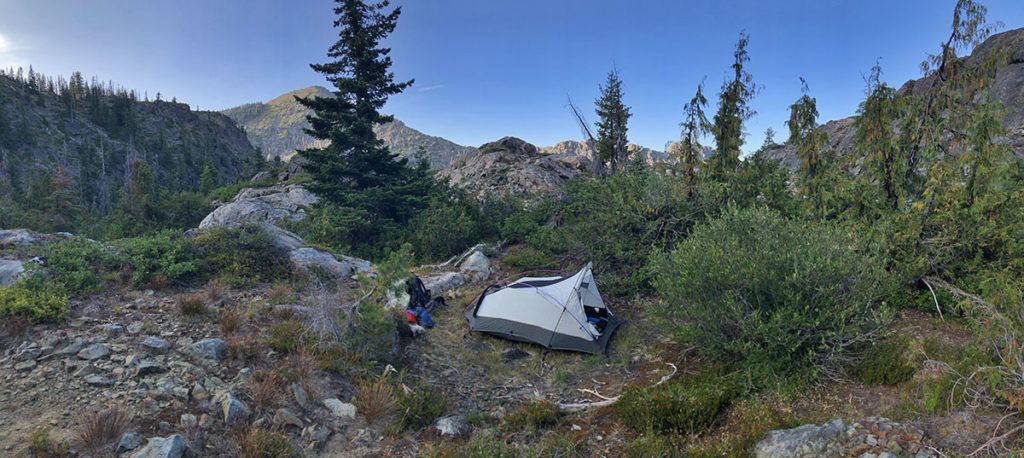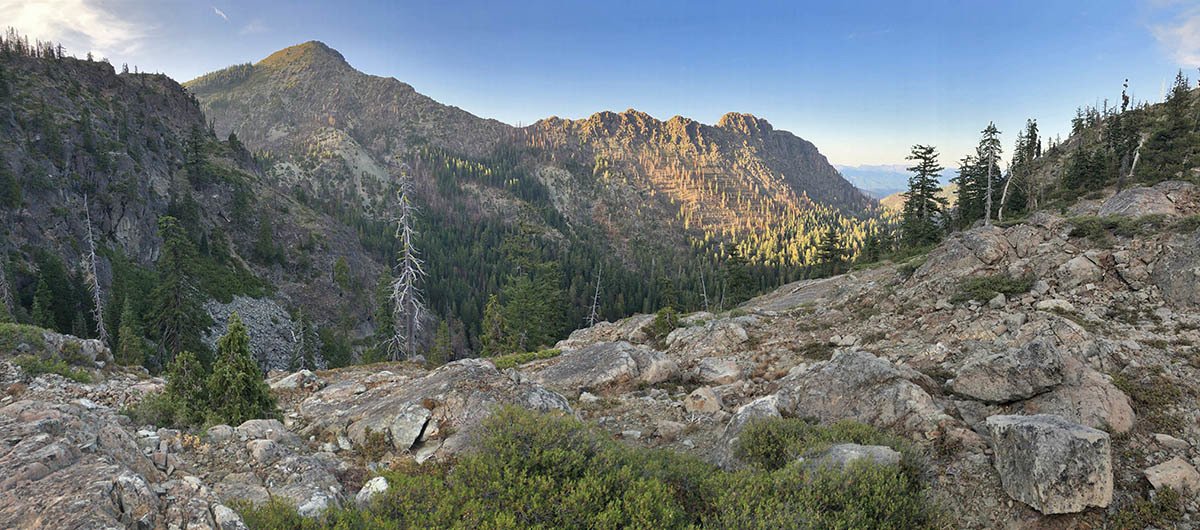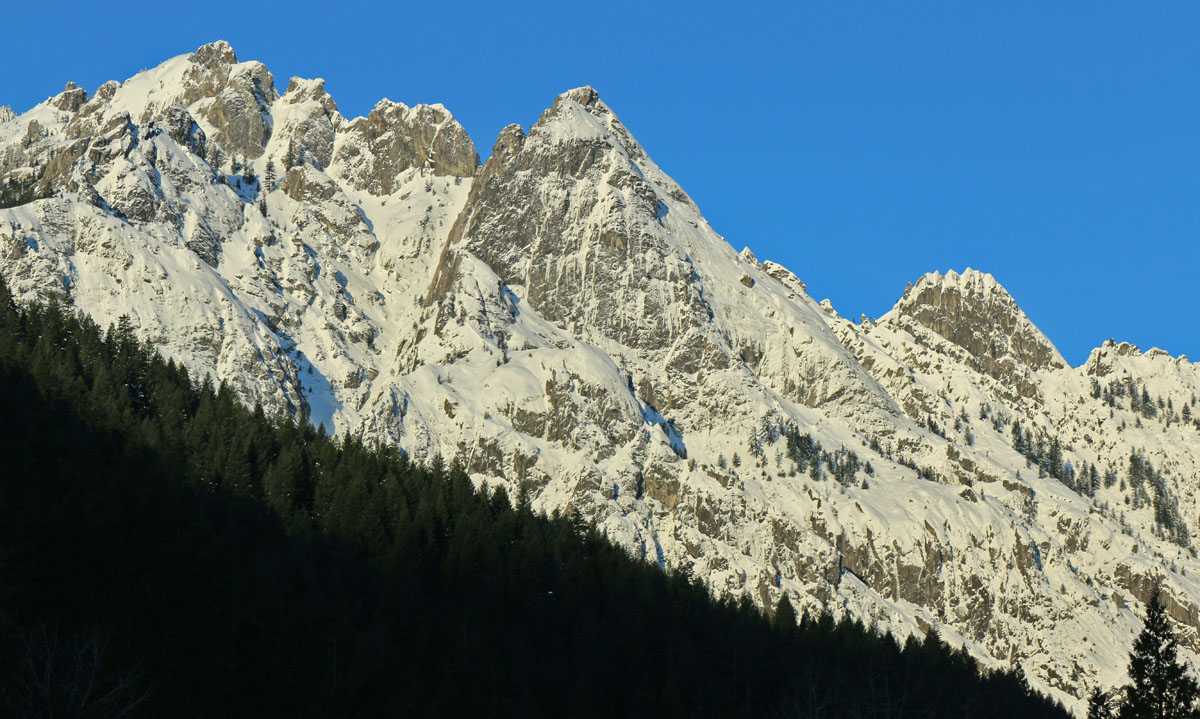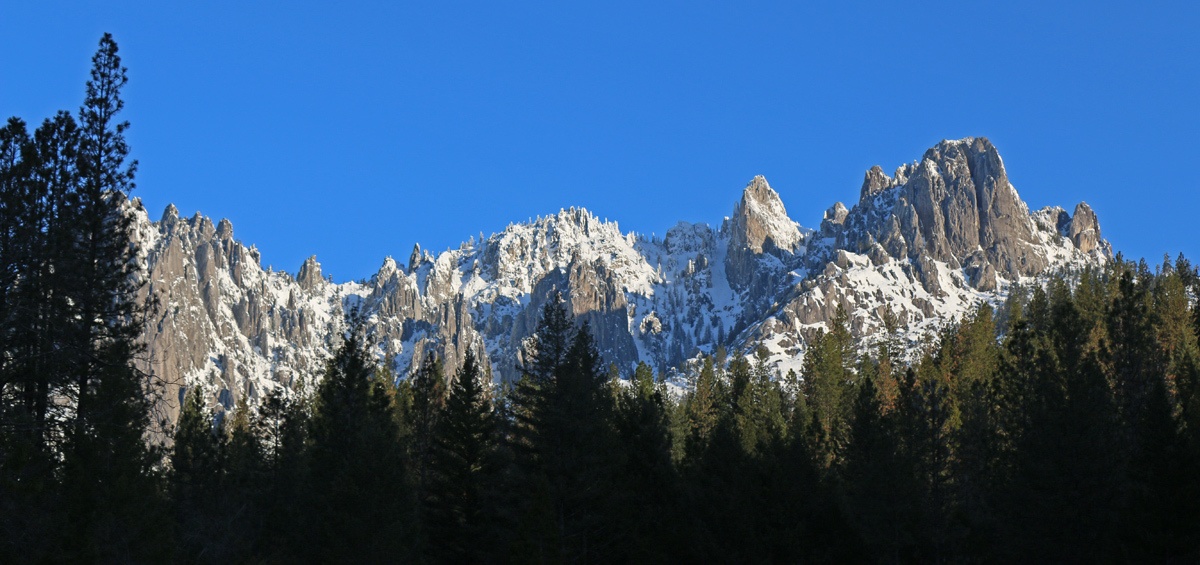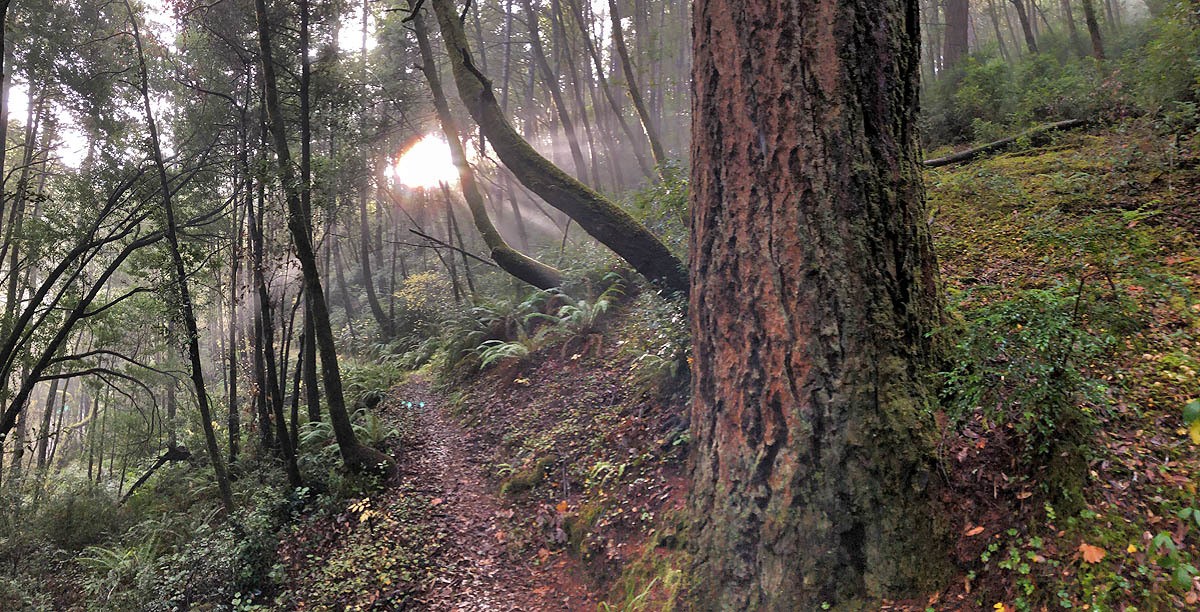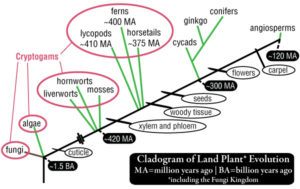Marble Mountain Wilderness
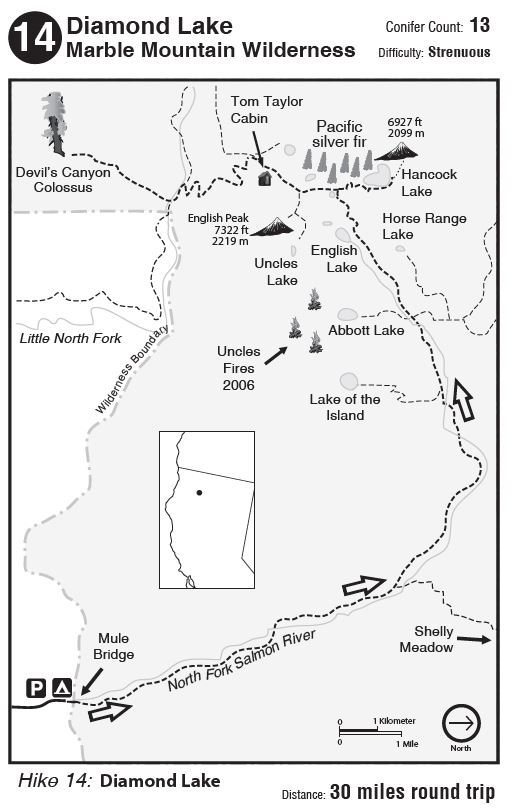
I first visited this area in 2004 when my friend Jay and I attempted an ambitious loop starting from the Wooley Creek Trailhead, to the headwaters at Wooley Lake, back to Hancock Lake, and then laboring along the non-existent trail on Steinacher Ridge back to our car. This was the first major hike I took in the Marble Mountain Wilderness and my encounter with Pacific silver fir (Abies amabilis) around the Diamond Lake – English Peak region inspired the writing of my first book, Conifer Country.
Continue reading “Diamond Lake – English Peak Revisited”

